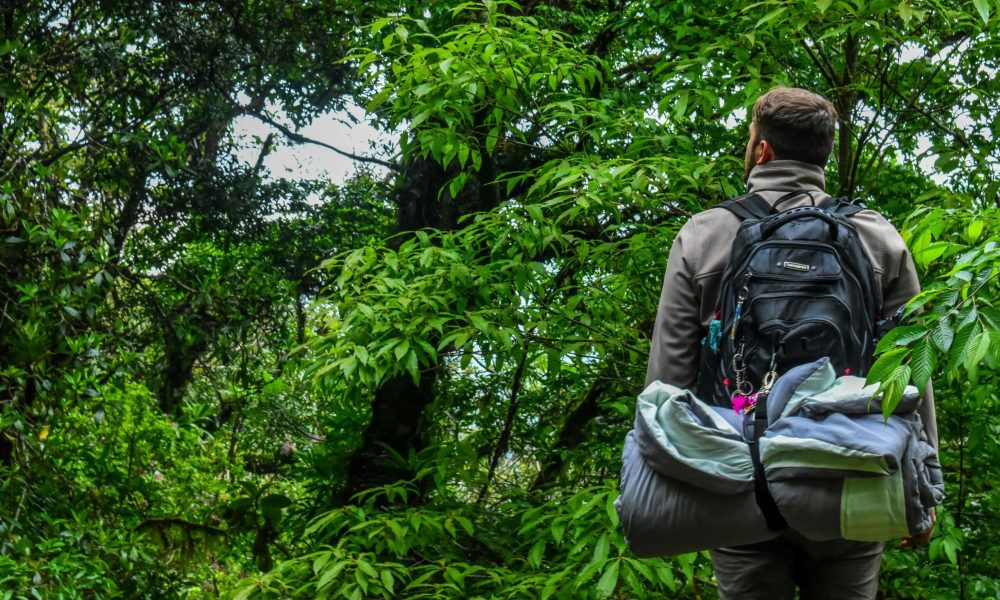A Himalayan trek for college students can be an incredibly rewarding and transformative experience. It offers a unique blend of adventure, cultural immersion, and a chance to connect with nature away from the hustle and bustle of city life. Here's complete information with special tips tailored for college students:

